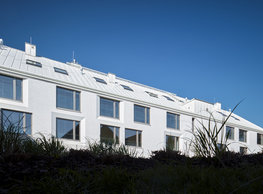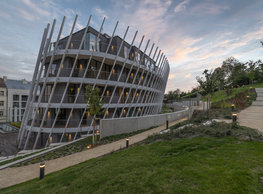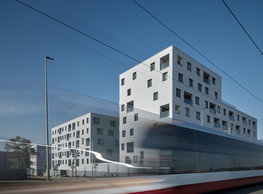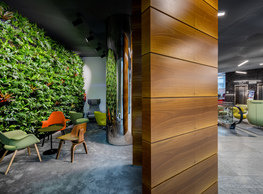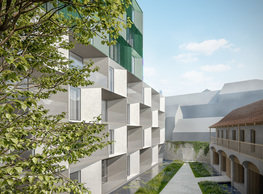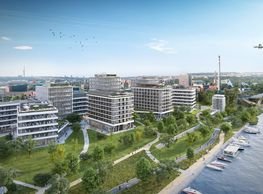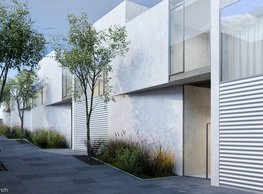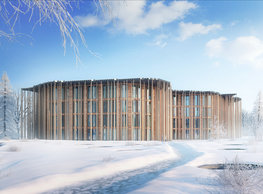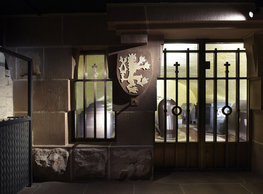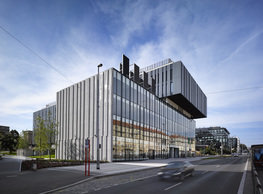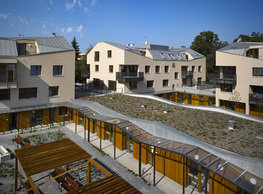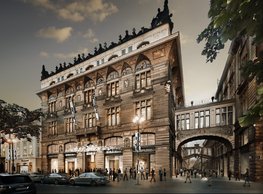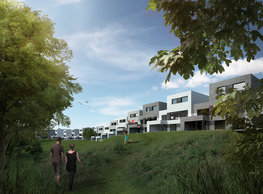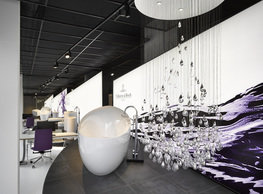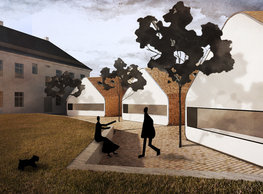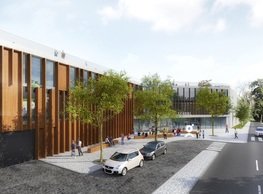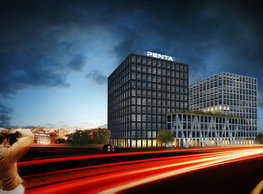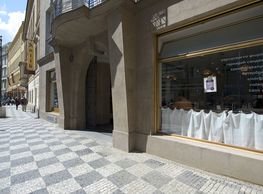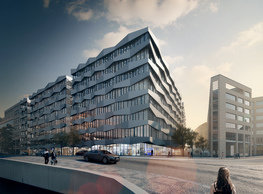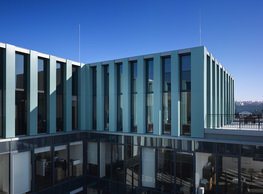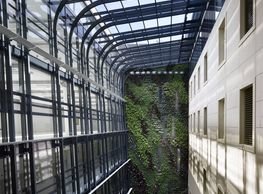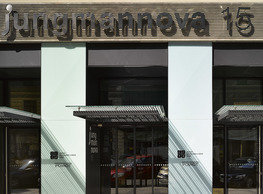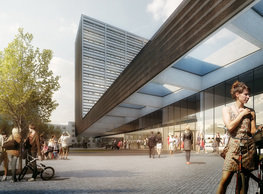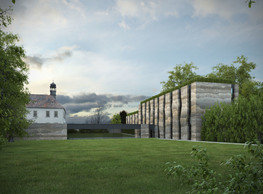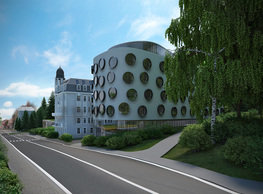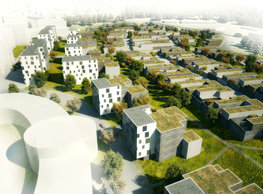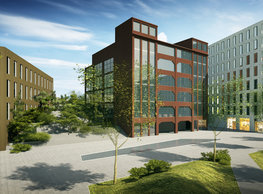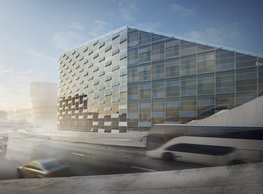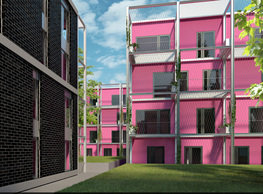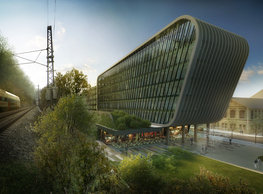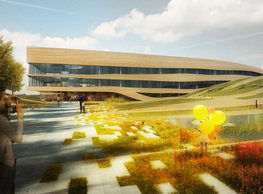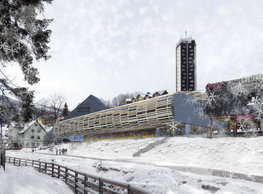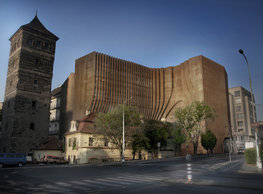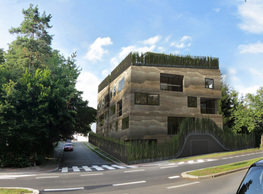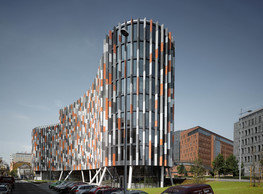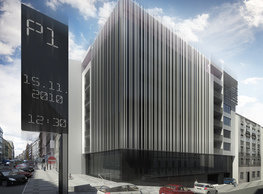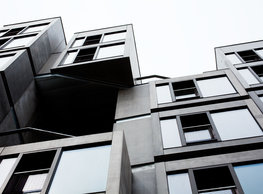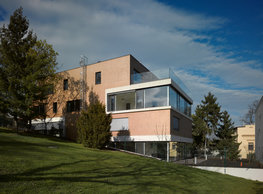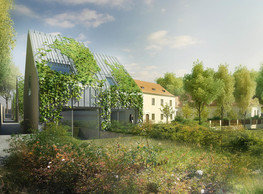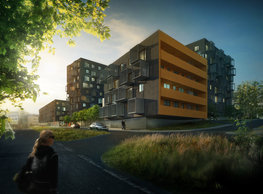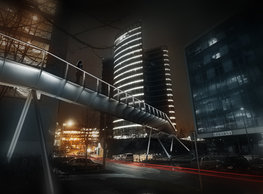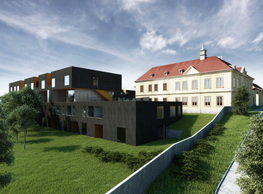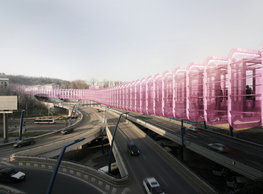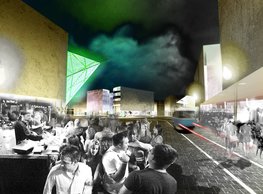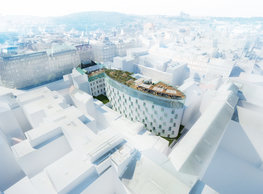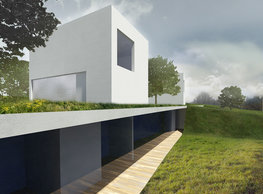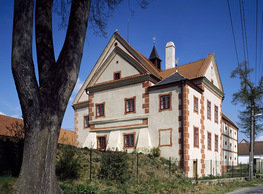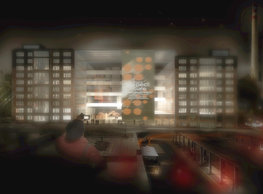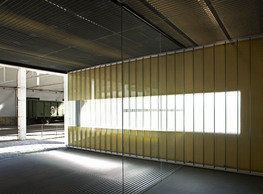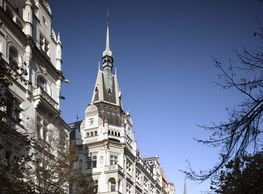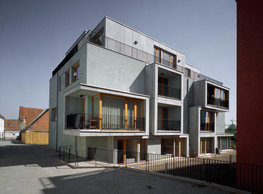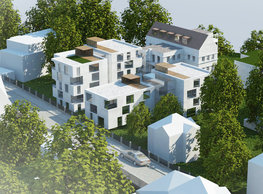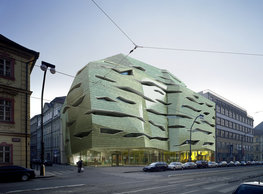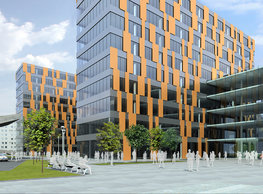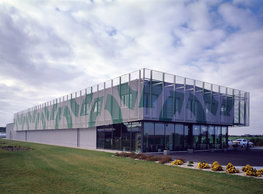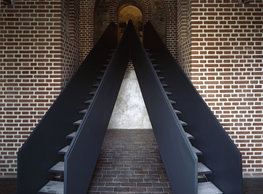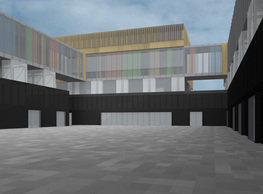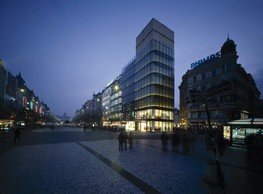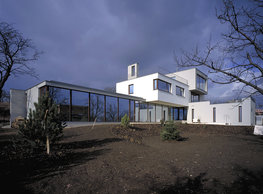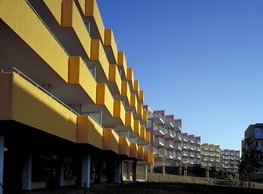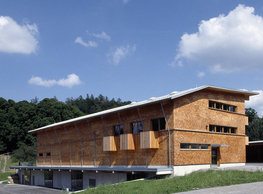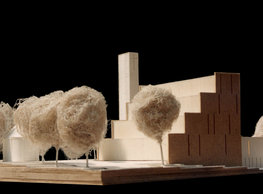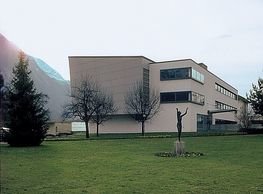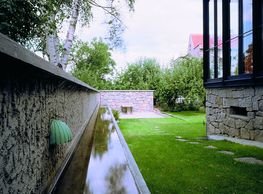By its monumental façade, the new Institute of Noblewomen became this way an outstanding building within the Hradčany skyline. The Institute was closed in 1918, and the Ministry of Interior made it its offices for a long time. Access to the building was restricted, and performed alterations were inappropriate altogether. Among those worst were the built-in garage and petrol station on the Rosenberg courtyard, a stand-by power generator and oil fuel-management areas in the second basement, a training firing range in the former Schwarzenberg House, and many modern partitions and suspended ceilings with plenums packed with cables. The refurbishment was carried out in operation in nine phases including not just the interior, the building, its roof, the basements, and the courtyard, but the fortification above the Na Valech garden, the building’s base, and renders to Jiřská and the Rosenberg Palace courtyard. The condition of the brief was that construction work would be carried out regarding the tenant, the logics of operation, and the investor’s financial capacity dependent on the state budget. Prague Castle Administration and Castle Police offices, textile restoration workshops, and Castle collections depositories occupy the greater part of the ground floor and the first floor. The first basement contains restorer workshops, rooms and repositories of the Archives of the Office of the President, a detached establishment for the Institute of Archaeology CAS, and the areas around the Rosenberg Palace courtyard with a hall and a coffee shop open to the public. The Renaissance vaulted Rosenberg Hall, during the renovation by Pacassi divided in a corridor and four rooms with inserted flat ceilings, was cleared of these additional structures and structurally stabilised; the Hall, now in its almost original condition, will be used for various cultural events and exhibitions. The Baroque Chapel of Immaculate Conception of the Blessed Virgin Mary was also restored; the complete three-storied space, into which additional floor structures were inserted in the 1920s, will be used for the same purpose as the Hall. The embedded floor structures were removed, almost entirely salvaged frescoes on walls and the ceiling were restored as well as windows and doors; two new organ lofts were reconstructed. The main staircase with a portico bearing the emblem of the Institute of Noblewomen at the top, one of the most valued Baroque spaces in the building, was restored either. Modern depositories for the rich collection of Castle textiles and paintings were built where restorers can use workshops with specialised equipment meeting arduous conditions for storing of rare historical objects. A dysfunctional modern single-pitch roof leaning to the All Saints Church was removed, and a terrace with a new masonry balustrade, a granite table, and a geometrical façade adjacent to the church wall erected by Peter Parler was built in its place. Exceptionally well-preserved Baroque rafters were identified as a unique technical representative of its category, and that is why the initially considered restorer ateliers were cancelled from the program. Instead, it was decided that this authentic space would be preserved for study and presentation purposes. Timber ´walkways´ with a simple steel railing were built for visitors and technicians. The fortification leaning to the Institute of Noblewomen from the south above the Nad Valy garden was cleaned, technically restored, and a pebble mosaic and climbing green were added onto the surface. The courtyards were lifted up; a stone fountain from the depositories was installed to one of them, new kennels for Castle Police dogs were added to the other. The Rosenberg courtyard with a coffee shop in the adjacent vaulted Renaissance room open to the public will be re-paved, the arcades restored and newly illuminated. Remnants of old cobblestones found here were used complemented by material from the Castle depositories. The restored fountain, found during excavation in the courtyard, is a local landmark. New architectural elements such as lights, floor tiles in corridors, grates, covers, or built-in furniture in repositories and archives were designed following the modern order. On the contrary, the original elements – balustrades, doors, windows, shutters, stone portals, and original renders with locally salvaged frescoes – were professionally restored. Almost no old equipment was recovered and therefore the utilitarian look was complemented by restored elements from the Prague Castle collections and depositories. These are door wings and chandeliers in the Rosenberg Hal, stone and gold-plated wooden statues in the entry rooms, and portraits of the foundress and superioresses of the Institute of Noblewomen and mothers superiors of the Cloister of Saint George in corridors.
portfolio
![]()
monastery of st. gabriel
![]()
nová zbrojovka block g
![]()
nad krocínkou a
![]()
nad krocínkou b
![]()
dobřichovice farmstead
![]()
nymburk train station
![]()
stará boleslav primary school
![]()
holečkova 26 residence
![]()
komořany elementary school
![]()
kindergarten jeseniova
![]()
nová elektra residence
![]()
filadelfie bldg. – the new reception
![]()
písnice elementary school
![]()
bytové domy vítězná/újezd
![]()
afi vokovice
![]()
showroom elite bath/bulthaup sk
![]()
port 7
![]()
main point pankrác
![]()
oktáva houses
![]()
lesy čr headquarters
![]()
royal tomb
![]()
the blox
![]()
dob centre in dobřichovice
![]()
contemporary glass muzeum
![]()
pod hády brno
![]()
elite bath showroom karlín
![]()
communal flats in dolní břežany
![]()
šantovka residence
![]()
open gate II
![]()
ružinov office building
![]()
dlouhá palace
![]()
vinohradská 8
![]()
masarykovo railway station
![]()
retail and office development
![]()
jindřišská 16
![]()
jungmannova 15
![]()
regina hradec králové
![]()
chateau dolní břežany
![]()
the metropole hotel in mariánské lázně (marienbad)
![]()
waltrovka
![]()
square mechanica
![]()
porto mercandini
![]()
plzeňská 18
![]()
vrchlického residence
![]()
karlín railway
![]()
science research centre
![]()
sněžka apartment house
![]()
novomlýnská brána
![]()
jeremenkova residence
![]()
main point karlin
![]()
flat b3 prague
![]()
štěpánská 47
![]()
tenement house with a gym
![]()
švédská residence
![]()
hendlův dvůr
![]()
klamovka residential complex
![]()
botanica vidoule phase 6
![]()
footbridge in bb centre
![]()
perníkářka manor
![]()
municipal interventions prague 2010
![]()
černá louka ostrava
![]()
evropa hotel
![]()
bb centrum filadelfie
![]()
family houses in radotín
![]()
cherubín II
![]()
fc bohemians praha 1905
![]()
ostrolovský újezd chateau
![]()
zlín cultural centre
![]()
znojemská hospice
![]()
pilsner urquell
![]()
st. wenceslas exposition
![]()
institute of noblewomen
![]()
karlov office building
![]()
cherub I
![]()
pařížská 9
![]()
jinonice villa park
![]()
petynka hotel
![]()
sanopz residential complex
![]()
viktoria center pankrác
![]()
hotel crystal palace
![]()
invalidovna offices
![]()
performing arts center seoul
![]()
boscolo carlo IV hotel
![]()
toner recycling company building
![]()
the story of prague castle
![]()
umprum in prague-ďáblice
![]()
mrázovka apartment villa
![]()
school gym in prague-troja
![]()
roma hotel
![]()
euro palace
![]()
ten centuries of architecture
![]()
villa třešňovka
![]()
velká skála
![]()
sternberg palace prague castle
![]()
st. nicholas church in čečovice
![]()
olga and václav havel's villa
![]()
tierpark langenberg
![]()
a church in neratovice
![]()
school centre interlaken
![]()
forestry school in lyss
![]()
villa dobeška
![]()
tuscany in maps




